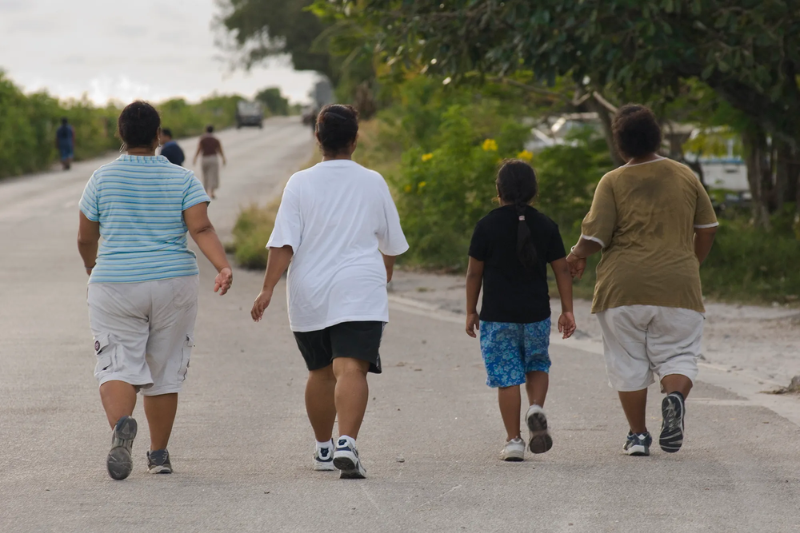
Why Nauru Tops the List as the Fattest Country in the World
Obesity is a significant health issue worldwide, affecting people of all ages. Obesity refers to having a body mass index of 30 or more. Obesity leads to many chronic diseases like heart disease, stroke, 2 types of diabetes, and even cancer. As per the World Health Organisation, obesity rates have tripled since 1975. Over 1.9 billion adults all over the world were overweight in 2016, and 650 million of them were obese. Obesity is defined as having too much body mass. In adults a BMI of 30 or higher refers to obesity in adults. Obesity is a problem that is faced by the people of every county. Many countries face the problem of obesity more as compared to other countries. Obesity is a serious health issue and needs to be solved to better the health of the citizens. In the world, there are various countries that are facing the problem of obesity. The countries include the Cook Islands, Tonga, Samoa, Micronesia, Kiribati, Tuvalu, and Marshall Islands, among others. But the county that has topped the list when it comes to the fattest country in the world is Nauru. Nauru is considered the fattest country in the whole world.
Nauru—The Fattest Country in the World

Located in the South Pacific Ocean Nauru is a small island country. Nauru is considered the world’s smallest republic with a total population of 12,511 people. Nauru is considered as the most obese country in the world. The adult obesity rate in the country is 61.0%. The country has established its place in the top spot as people rely on processed food from western countries. The dependence of the people of Nauru has led to a severe decline in the availability of fresh fruits and vegetables, which makes it difficult for the residents to consume traditional and nutritious food. Lack of access to fresh fruits and vegetables has led to the rise in obesity and other diet-related health problems among the people of Nauru. Nauruans have the highest rate of obesity. The average population of Nauru is approximately 100 kg. The average body mass index in Nauru is between 34 to 35.
Keep Reading
Health and societal impacts of obesity
Nauru has the highest rate of adult diabetes in the world. Around 31% of the Naurans have diabetes, reaching up to 45% among those aged between 55 and 64. Nauru has the highest prevalence of 2 types of diabetes. 71% of the people on Nauru are obese. As spending increased on healthcare, fewer funds were allocated for prevention, which created a harmful cycle. Obesity also leads to various other health-related impacts, which include severe diseases like high blood pressure and high cholesterol, which lead to heart-related diseases; breathing problems like sleep apnea and asthma; gallstones and gallbladder diseases; and joint problems such as osteoarthritis.
Obesity also leads to societal impacts like psychological problems such as anxiety, depression, social problems such as bullying and stigma, low self-esteem, and poor quality of life. Obesity sometimes also leads to mental health issues.
Government and community responses to address the issue
Health officials in Nauru have taken steps to tackle obesity, like encouraging people to walk the perimeter of Nauru International Airport, which spans 3 miles (4.8 km). They also regularly organise exercise sessions and sports activities to promote physical fitness. The government also introduced various school programmes to teach about proper nutrition and various events promoting physical activity. The government is implementing policy changes to reduce the availability and consumption of unhealthy foods. People of Nauru are being informed about the health-related issues due to obesity and are encouraged to do physical activities.




